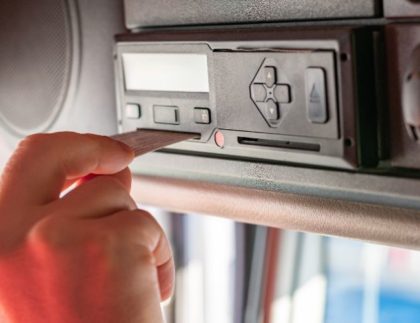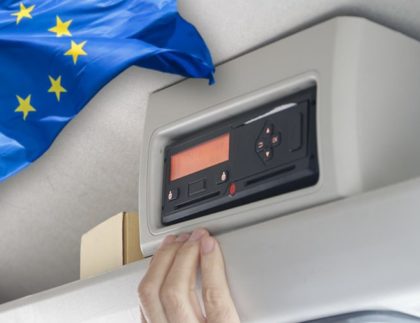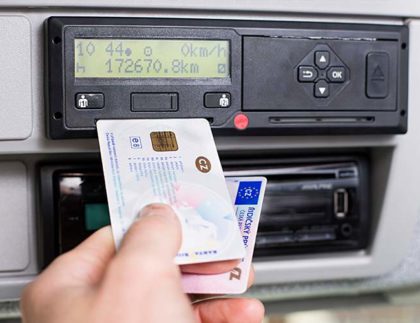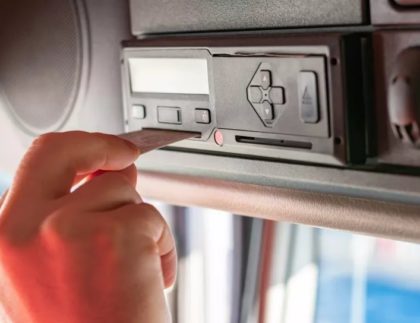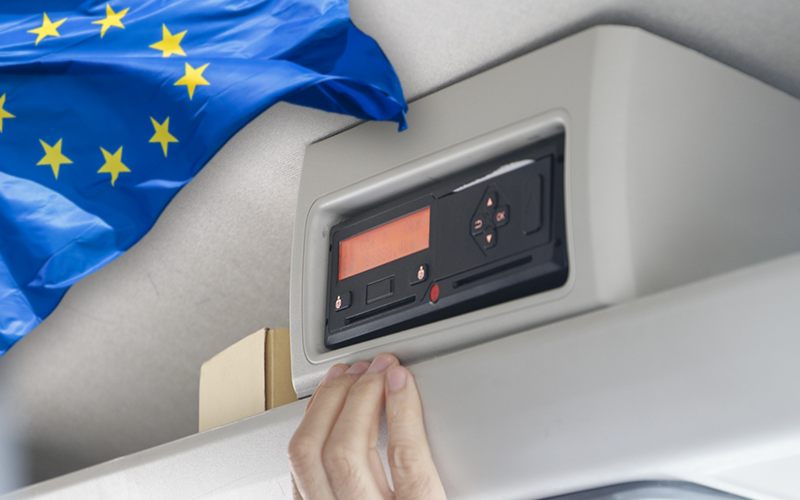

The transport industry has faced a significant challenge: the lack of funding for the mandatory replacement of digital tachographs. Transport i Logistyka Polska (TLP) has announced a decision that will significantly affect carriers. Despite earlier announcements, no funds will not be allocated for this purpose.
On 6 September, Renata Rychter, Director of the Road Transport Department at the Ministry of Infrastructure, announced that the financial support advocated by the transport community will not be realized. Although the Ministry of Infrastructure had secured funds for this purpose, and the relevant provisions had been included in a bill to amend the road transport act, inter-ministerial agreements failed. As a result, the bill haven’t received the necessary approval.
What does this mean for carriers?
Although the lack of funding is bad news, it eliminates any ambiguity and speculation on the subject. Carriers should act quickly and not delay replacing the tachographs, because the deadlines set by the European Commission will not be postponed. The absence of the required G2V2 tachograph will make it impossible to carry out international road transport with a vehicle that should be equipped with this device.
What solutions can help?
Transport companies should update their fleets as soon as possible. To facilitate this process, 4Trans software offers an option to generate a report which, based on uploaded tachograph data, indicates exactly which tachographs must be replaced and by when. Companies using third party billing services should contact their account manager to obtain such a report.
We will talk more about the replacement of tachographs, the lack of funding, problems with the new tachographs and the issue of recording border crossings at our upcoming free webinar on Thursday, 26 September at 10:00 a.m. Registration for the event will start soon – follow us on social media and stay tuned.
Deadlines to keep in mind
The following two dates are of major significance for carriers operating in international road transport:
- 31 December 2024 – final deadline for replacement of G1 analog and digital tachographs (vehicles registered before 15 June 2019)
- 18 August 2025 – final deadline for replacing G2V1 tachographs, i.e. in vehicles first registered between 15 June 2019 and 21 August 2023
There is little time left until the end of the year. It is estimated that tachographs will have to be replaced in approx. 250,000 vehicles used by Polish carriers. The second deadline (by August 2025) will require carriers using new, less than two-year-old vehicles to replace their tachographs. The cost of replacing a tachograph in one vehicle is about PLN 5,000 net. There are also more favorable offers in the market, but prices may start to rise as workshop queues increase, a consequence of many carriers putting off replacements until the last minute. Other costs are: the driver’s salary, the lack of use of the vehicle on that day to transport cargo, or fuel for the commute. The costs also involve training employees, including drivers, on using the new equipment and updating or replacing readers and systems that run on data from the latest driver cards and tachographs.
Who exactly is affected by the obligation?
The obligation to replace tachographs applies to carriers from the European Union countries whose vehicles carry out transport in the territory of other EU member states. It also applies to vehicles operating in Norway, Liechtenstein, Iceland (EEA countries) and the United Kingdom.
For the time being, there is no obligation to replace tachographs in vehicles performing domestic road transport.
Automatic inspections
Inspection authorities are already widely in possession of DSRC equipment to remotely read information from tachographs, therefore after the New Year they will easily be able to pick out passing trucks and buses that are not equipped with a proper tachograph. It is enough if a passing vehicle with registration numbers from another EU country is not remotely read into the system – this will mean that it has an older or defective tachograph. This would lead not only to financial consequences, but also transport interruption until the tachograph is replaced. It should be noted that this constitutes the most serious violation, i.e. proceedings may be carried out after the described incident to examine the good standing of the carrier in the country of establishment, which may be ultimately lead to the suspension of road carrier license.
Conclusion
Despite the lack of financial support from the government, transport companies must take steps to comply with the EU tachograph regulations. Failure to comply with the requirements means losing the ability to carry out international transport. Therefore, carriers should plan the replacement of their tachographs as soon as possible to avoid potential operational losses. More information on tachograph replacement will be presented at the upcoming September webinar.






